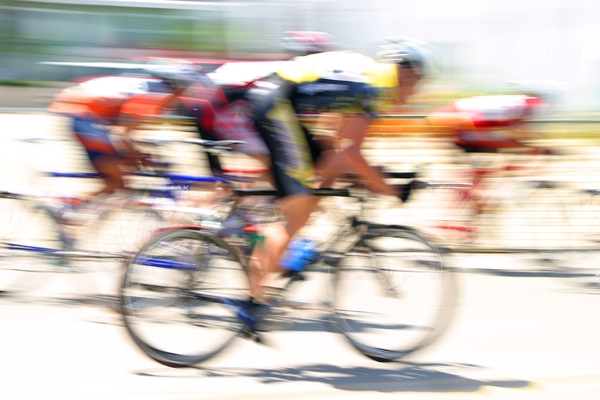How an automation-first approach can breathe fresh life into marketing
Sponsored by INDG | Grip
Remember when Facebook-feed ads and YouTube pre-roll videos were all that mattered? Now consider just a small selection of what’s available today: Facebook and Instagram have more than a dozen different ad options, while Snapchat, WeChat and TikTok each have several of their own. Household names such as Google, YouTube and Twitter are continuously expanding their options. They don’t just differ by format, but they all require their own types of content.
Look at Amazon. One of the top ad channels, it now needs specific content for all those ads – while still displaying content in a myriad of “traditional” forms. Then there are those hundreds of other potentially relevant retailers who also need content in specific formats. We’re not just talking mere images or video, either.
No, really: it’s a lot of content
Augmented reality (AR) ads are coming. Gaming platforms such as Fortnite are opening up. Community platforms such as Discord and Reddit present their own possibilities. There is even talk of something called Metaverse. There is also an Omniverse. Even though the list of media is already endless, it keeps growing and growing. It is obvious to anyone that has half an eye open: new platforms and formats are going to appear all the time.
And that’s just the channels. You want to be localising all that content. You also want to personalise it more and more – tailoring it to target groups that become smaller and smaller, almost down to the individual.
If that sounds challenging, then also consider the fourth dimension: time. Brands use real-time marketing to respond to, or comment on, situations as they unfold. And they need carefully formulated, quality content to do that. Planning to sleep much?
Regular production says: "No way"
Well, they don’t actually say that. They say they can handle it: "Bring it on". Most marketing companies will say they can handle all this – but underneath they’re frantically scrambling to scale up further and produce even more digitally. They will throw money at photo shoots, post-production talent and huge volumes of retouch. Many already offer 3D modelling and animation services, while at the same time trying to figure out how to best include translation and localisation into the mix. They are loading up on the services they offer – both digital and traditional.
But while the tools may be digital, the work is still very much manual. Sure enough, people are busy streamlining everything, but there is one important and reality-breaking flaw: the output will always be constrained by how many (skilled) people can work on it. There is no chance this can all be sustained, considering how fast content demand is expanding.
Computer says "yes"
So what happens if production itself is virtualised? It wouldn’t just be the tools that are digital, but also all the work behind creating a final result perfectly tuned to its channel, format, audience, message and product. Fully automated, that work would become fully digital as well.
Some of the images used in this video are courtesy of Beiersdorf
This will still require effort and hard work. But all the heavy lifting only happens once, up-front. You begin by virtualising your product as a 3D model – some call this a “digital twin” or a “virtual version”. And then, to keep the brand-keepers happy, you also have to codify its look, feel and behaviour, so the content is automatically on-brand every time no matter the output. Once properly codified, the representation can be spun out into whatever you need – whether that’s a high-resolution photo, video or interactive.
Then, you can reinvent at will. Does that perfume bottle label need to be in Mandarin? Done. Should the ad show the bottle resting on a traditional Chinese silk scarf? Done. Does the superhero have to juggle different cans of pop? Done. Do you want to personalise it with “I love you Steve”? You could do that too, but it’s kind of cheesy.
Such a process has already been embraced by some of the world’s largest beauty and luxury brands to streamline workflows and target the world with beautiful, consistent and high-quality visual content (we know this because we helped them).
Ready for the future
With virtual production there are no more limits to the amount of content or the speed at which it needs to be produced. And there’s another gain: with no jet fuel or gasoline required for photoshoots or transport, brands can actually reduce their carbon footprint too.
Grip - simply generate
Visit our website to learn more.

Business Reporter Team
Most Viewed
Winston House, 3rd Floor, Units 306-309, 2-4 Dollis Park, London, N3 1HF
23-29 Hendon Lane, London, N3 1RT
020 8349 4363
© 2025, Lyonsdown Limited. Business Reporter® is a registered trademark of Lyonsdown Ltd. VAT registration number: 830519543





